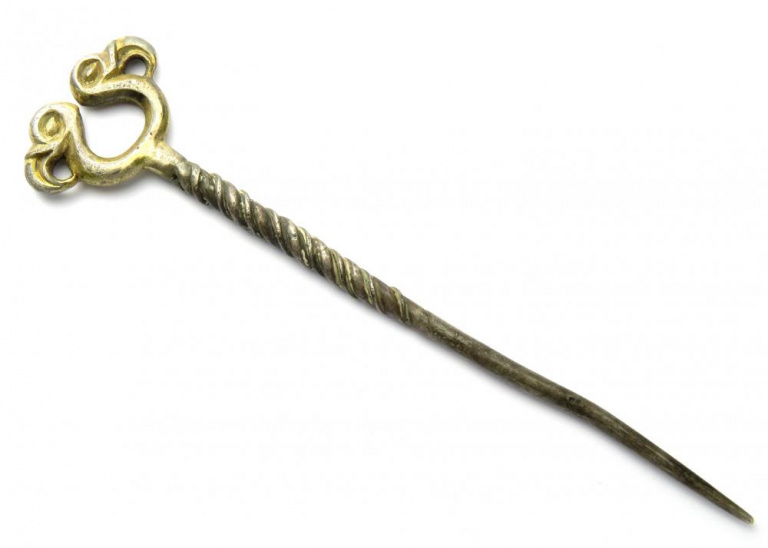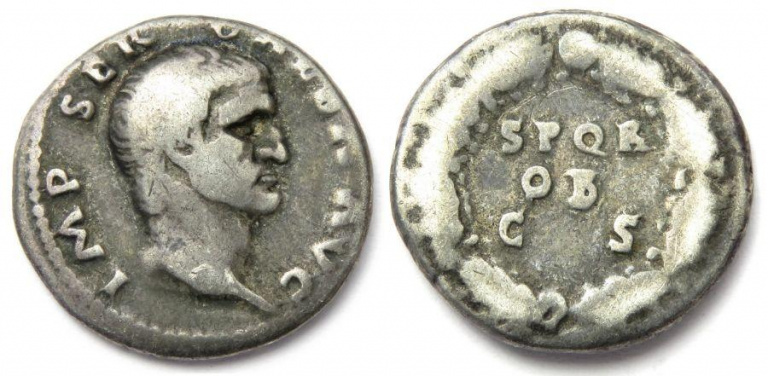Hansons Historica Auction – 26/27 August 2021
Hansons Historica Auction – 26/27 August 2021
Hansons held an auction of historic artefacts and coins on 26 and 27 August 2021. Some good work by the valuer as most lots achieved close to their estimates.
The full catalogue can be found here. To view any of my selected lots in the auction catalogue, click on the lot number.
There is a buyer’s premium of 25% (plus VAT) on the hammer price.
Featured Lots
A mourning ring made in memory of Charles I. In the portrait the eyes are looking towards the heavens, which denotes the post-mortem nature of the piece. During his reign, his eyes would be looking forward.
Martyr
The band is engraved with “Martye populi” – a martyr of the people .
At his trial, the king refused to recognise the authority of the court as he believed that ‘a king cannot be tried by any superior jurisdiction on earth ’. In a speech delivered on the scaffold just before his execution, he proclaimed that he would die as ‘a martyr of the people’.
Shortly after Charles’s death, an account of his supposed sufferings in prison entitled Eikon Basilike (A Royal Portrait) was published. This contributed to the creation of cult of religious martyrdom. This image of Charles as a martyred king helped sustain the royalist cause throughout the Commonwealth and Protectorate years.
Date of execution
On the underside of the ring is a small skull and the date, Jan 30 1648. We would now consider the date of Charles execution to be 30 January 1649, using the start of the new year as January 1st rather than 25 March, which was the new year until 1752.
Restoration of the monarchy
The restoration of the monarchy in 1660 saw the production of large amounts of commemorative jewellery. This was worn openly either by genuine long-term supporters of the monarchy or those who claimed to have been royalists all along.















